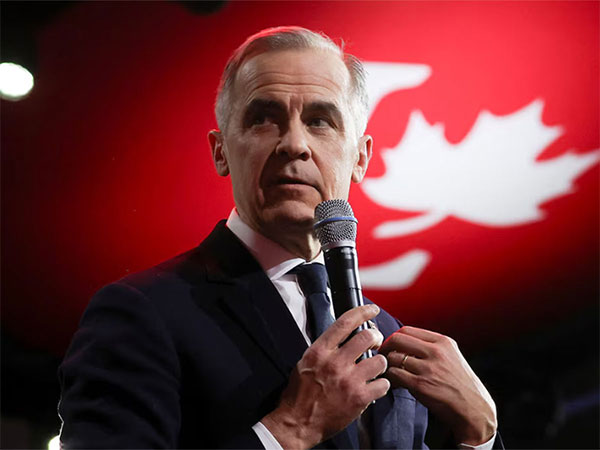Canada Restricts Tariff Exemptions on U.S. Automakers as Stellantis and GM Halt Local Production
In a major shake-up for Canada’s automotive sector, Stellantis and General Motors have announced the closure of several production units in the country. Following these developments, the Carney government has decided to reduce the tariff relief that had previously benefited these American car manufacturers. This marks a significant policy shift aimed at protecting domestic industry and preserving Canadian jobs.
The decision by the two major U.S. automakers to scale back or halt production in Canada comes at a politically sensitive time. U.S. President Donald Trump has been actively encouraging American manufacturers to bring their operations back home, promising incentives for companies that expand production within the United States.
Canada Withdraws Tariff Benefits for Stellantis and GM
Until recently, both Stellantis and General Motors enjoyed partial tariff exemptions that allowed them to import certain vehicle models into Canada without facing heavy import duties. However, as these companies have begun reducing their Canadian footprint, the federal government has decided to revoke those exemptions.
A senior Canadian government official explained that Stellantis and GM will no longer qualify for full exemptions from the counter-tariff duties imposed by Canada on U.S. automobiles and auto parts. The move is part of Ottawa’s broader strategy to ensure that tariff privileges are only extended to companies that maintain significant investments and employment within Canada.
Earlier this month, Stellantis announced that it would transfer production of its Jeep Compass model from its Canadian facilities to plants in the United States. Shortly after, General Motors revealed that it would cease production of its BrightDrop electric delivery vans in Ontario. Both announcements sent ripples through the Canadian automotive landscape, as they represent a continued trend of American firms shifting manufacturing back across the border.
Concerns Mount Over Canada’s Auto Sector
The Canadian auto industry, one of the country’s most vital economic sectors, now faces growing uncertainty. It remains Canada’s second-largest exporter and a critical pillar of manufacturing employment. Prime Minister Mark Carney expressed deep concern about the recent developments, emphasizing that the automotive industry directly employs around 125,000 Canadians and supports roughly half a million additional jobs in related sectors such as parts supply, logistics, and services.
Carney noted that the government is exploring all possible measures to safeguard these jobs and attract fresh investment, but acknowledged that the ongoing tariff disputes with Washington have made the environment more challenging.
Tariff Exemptions Were Meant to Retain U.S. Investment
The origins of the tariff exemptions date back to April, when Canada introduced counter-tariffs on a range of American goods in response to U.S. trade restrictions under the Trump administration. To prevent further capital flight, the Canadian government had offered conditional exemptions to certain carmakers—allowing them to import vehicles without tariffs as long as they maintained production and workforce levels within Canada.
However, as Stellantis and GM began scaling back their operations and laying off workers, Ottawa viewed these actions as a breach of that understanding. The government therefore moved to withdraw the preferential treatment, signaling a tougher stance toward companies that fail to uphold their commitments to the Canadian economy.
Tensions Rise Between Ottawa and Washington
The latest developments add to growing trade tensions between Canada and its closest ally, the United States. The Trump administration’s continued push for tariffs—particularly in sectors such as aluminum, steel, autos, and lumber—has strained economic ties between the two countries.
As both sides navigate this complex trade environment, Canada’s latest decision reflects a clear message: tariff relief and market access will only be extended to those companies that invest in Canadian jobs and production.
With uncertainty looming over the future of cross-border manufacturing, policymakers in Ottawa are now under pressure to devise new strategies to preserve the competitiveness of Canada’s automotive industry in an increasingly protectionist North American market.
